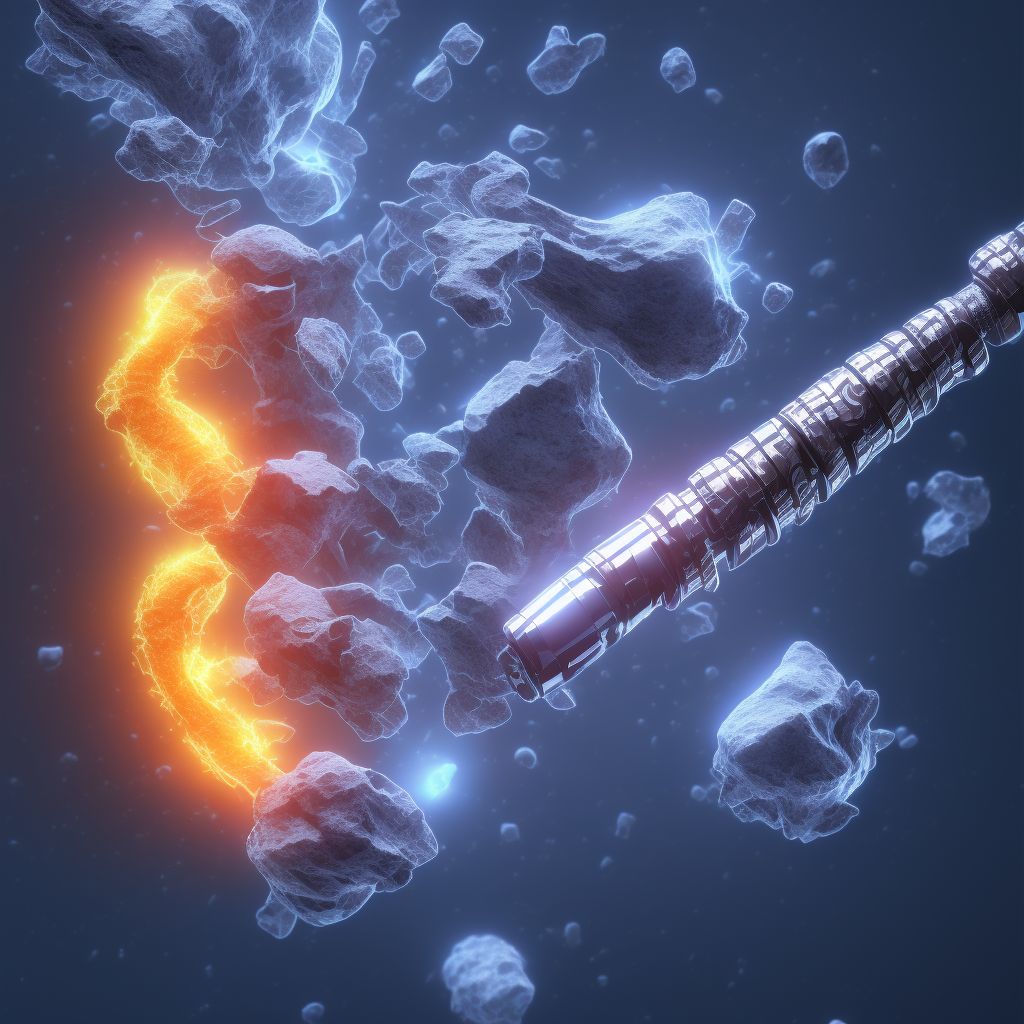
Displaced oblique fracture of shaft of right tibia, subsequent encounter for closed fracture with delayed healing Save
ICD-10 code: S82.231G
Disease category: S82.231: Displaced oblique fracture of shaft of right tibia
Displaced Oblique Fracture of Shaft of Right Tibia: Understanding Delayed Healing
When it comes to bone injuries, the human body has an incredible ability to heal itself. However, in some cases, fractures may experience delayed healing. In this article, we will explore the displaced oblique fracture of the shaft of the right tibia and its subsequent encounter for closed fracture with delayed healing.
Fractures of the tibia, also known as shinbones, are quite common and often occur due to trauma, falls, or accidents. Among the different types of tibial fractures, the displaced oblique fracture of the shaft is a specific condition that requires attention.
This type of fracture occurs when the tibia bone breaks at an angle, causing the fractured ends to move out of alignment. Displacement can lead to complications, including delayed healing.
Delayed healing refers to a situation where the normal healing process takes longer than expected. It can occur due to various factors, such as inadequate blood supply, poor nutrition, infection, or excessive movement at the fracture site.
Patients who have experienced a displaced oblique fracture of the shaft of the right tibia may encounter delayed healing during their recovery process. This can be frustrating, as it prolongs the time it takes for the fracture to heal completely.
However, it's important to note that delayed healing does not necessarily mean the fracture will not heal. With appropriate care, such as immobilization and weight-bearing restrictions, the bone can still heal properly over time.
- Ensure proper nutrition: A balanced diet rich in calcium, vitamin D, and protein is essential for bone health and healing. Consult a healthcare professional for dietary recommendations.
- Follow weight-bearing restrictions: To prevent further complications and promote healing, it is crucial to adhere to weight-bearing restrictions as advised by your healthcare provider.
- Regular follow-up appointments: Keep up with your scheduled appointments to monitor the progress of your fracture healing. Your healthcare provider will assess the situation and make any necessary adjustments to your treatment plan.
In conclusion, a displaced oblique fracture of the shaft of the right tibia can lead to delayed healing. However, with proper care, including nutrition and adherence to weight-bearing restrictions, the fracture can eventually heal. If you are experiencing delayed healing, consult with a healthcare professional for guidance and support throughout your recovery.
Treatment of Displaced oblique fracture of shaft of right tibia, subsequent encounter for closed fracture with delayed healing:
Treatment Options for Displaced Oblique Fracture of Shaft of Right Tibia, Subsequent Encounter for Closed Fracture with Delayed Healing
Dealing with a displaced oblique fracture of the shaft of your right tibia can be a challenging and painful experience. However, there are several treatment options available to help you recover and regain mobility. It's essential to consult with a...
To see full information about treatment please Sign up or Log in